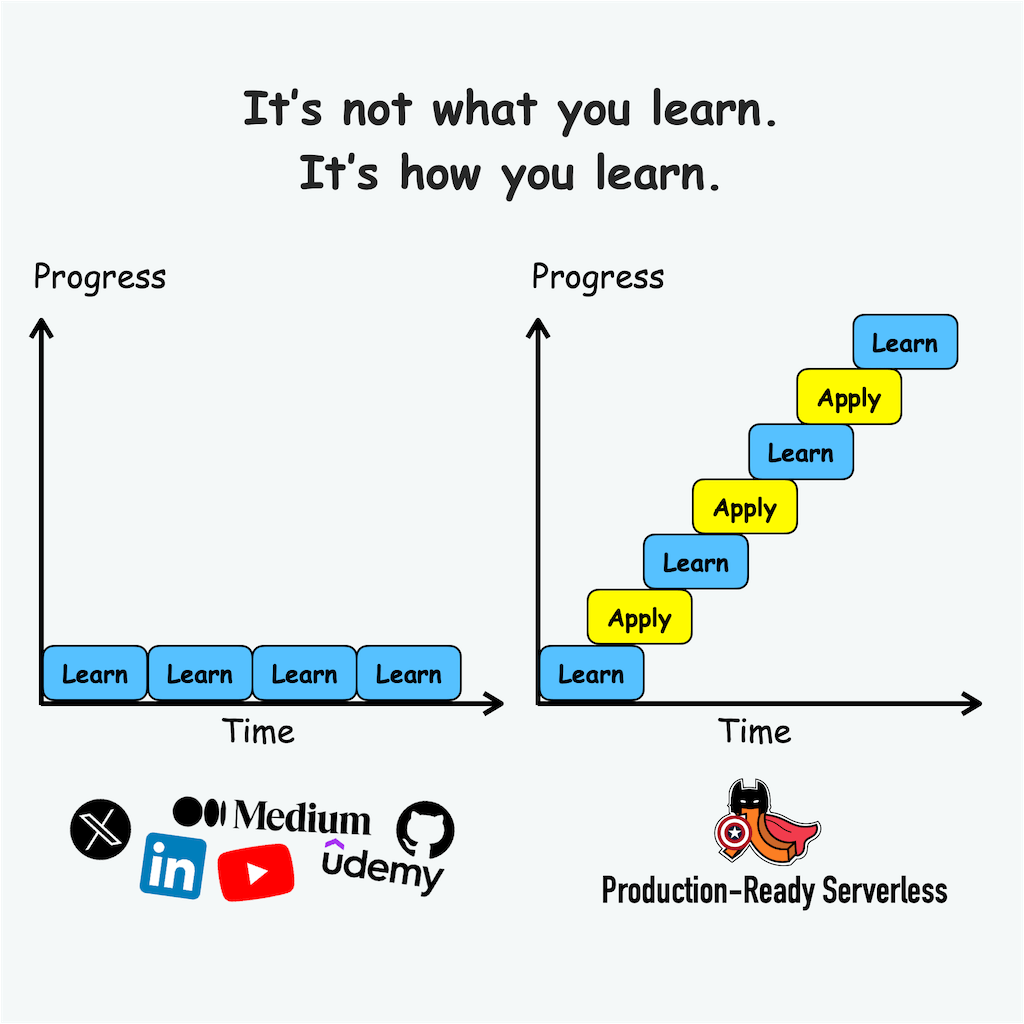
Yan Cui
I help clients go faster for less using serverless technologies.
Disclaimer: I do not claim credit for the code examples and much of the contents here, these are mostly extracts from the book by Chris Smith, Programming F#: A comprehensive guide for writing simple code to solve complex problems. In fact, if you’re thinking of learning F# and like what you read here, you should buy the book yourself, it’s easy to read and the author has gone go great lengths to keep things simple and included a lot of code examples for you to try out yourself.
Primitive Types
F# is statically typed, meaning that type checking is done at compile time.
F# supports the full set of primitive .Net types which are built into the F# language and separate from user-defined types.
Here’s a table of all the numeric types (both integer and floating-point) with their suffixes:

F# also allows you to specify values in hexadecimal (base 16), octal (base 8 ) or binary (base 2) using prefix 0x, 0o, or 0b:

There are no implicit type conversion in F#, which eliminates subtle bugs introduced by implicit type conversion as can be found in other languages.
Arithmetic Operators
You can use standard arithmetic operators on numeric primitives, like other CLR-based languages, integer division rounds down to the next lowest number discarding the remainder. Here’s a table of all supported operators:

A very important to note here is that by default, these arithmetic operators do not check for overflow! If a number becomes too big for its type it’ll overflow to be negative, and vice versa:

F# also features all the standard math functions, here’s a table of the common math functions:

BigInt
If you are dealing with data larger than 2^64, F# has the BigInt type for representing arbitrarily large integers. While the BigInt type is simply an alias for the System.Numerics.BigInteger type, it’s worth noting that neither C# nor VB.Net has syntax to support arbitrarily large integers.
BigInt uses the I suffix for literals, see example below:

You should remember that although BigInt is heavily optimized, it is still much slower than using the primitive integer types.
Bitwise Operations
Primitive integer types support bitwise operators for manipulating values at a binary level:

Characters
The .Net platform is based on Unicode, so characters are represented using 2-byte UTF-16 characters. To define a character value, you can put any Unicode character in single quotes, for example:

Like C#, to represent special control characters you need to use an escape sequence from the table below:

You can get the byte value of a character literal by adding a B suffix:
![]()
Strings
String literals are defined by enclosing a series of characters in double quotes which can span multiple lines. To access a character from within a string, use the indexer syntax, .[ ], and pass in a zero-based character index. For example:

If you want to specify a long string, you can break it up across multiple lines using a single backslash, \, for example:

Like in C#, you can define a verbatim string using the @ symbol, which ignores any escape sequence characters:

Boolean Values
F# has the bool type (System.Boolean) as well as standard Boolean operators listed below:

F# uses short-circuit evaluation when evaluating Boolean expressions, meaning that if a result can be determined after evaluating the first of the two expressions, the second value won’t be evaluated. For example:
true || f() – will evaluate to true without executing function f.
false && g() – will evaluate to false without executing function g.
Comparison and Equality
You can compare numeric values using standard operators listed below:

All these operators evaluate to a Boolean value except the compare function which returns -1, 0, or 1 depending on whether the first parameter is less than, equal to, or greater than the second.
You should have noticed that these operators are similar to those found in SQL Server and F# doesn’t distinguish assignment from equality (like C#, where = is assignment and == is equality comparison).
When it comes to equality, as in other CLR-based languages, it can mean different things – value equality or referential equality. For value types, equality means the values are identical. For reference types, equality is determined by overriding the System.Object method Equals.
Whenever you’re ready, here are 4 ways I can help you:
- If you want a one-stop shop to help you quickly level up your serverless skills, you should check out my Production-Ready Serverless workshop. Over 20 AWS Heroes & Community Builders have passed through this workshop, plus 1000+ students from the likes of AWS, LEGO, Booking, HBO and Siemens.
- If you want to learn how to test serverless applications without all the pain and hassle, you should check out my latest course, Testing Serverless Architectures.
- If you’re a manager or founder and want to help your team move faster and build better software, then check out my consulting services.
- If you just want to hang out, talk serverless, or ask for help, then you should join my FREE Community.
